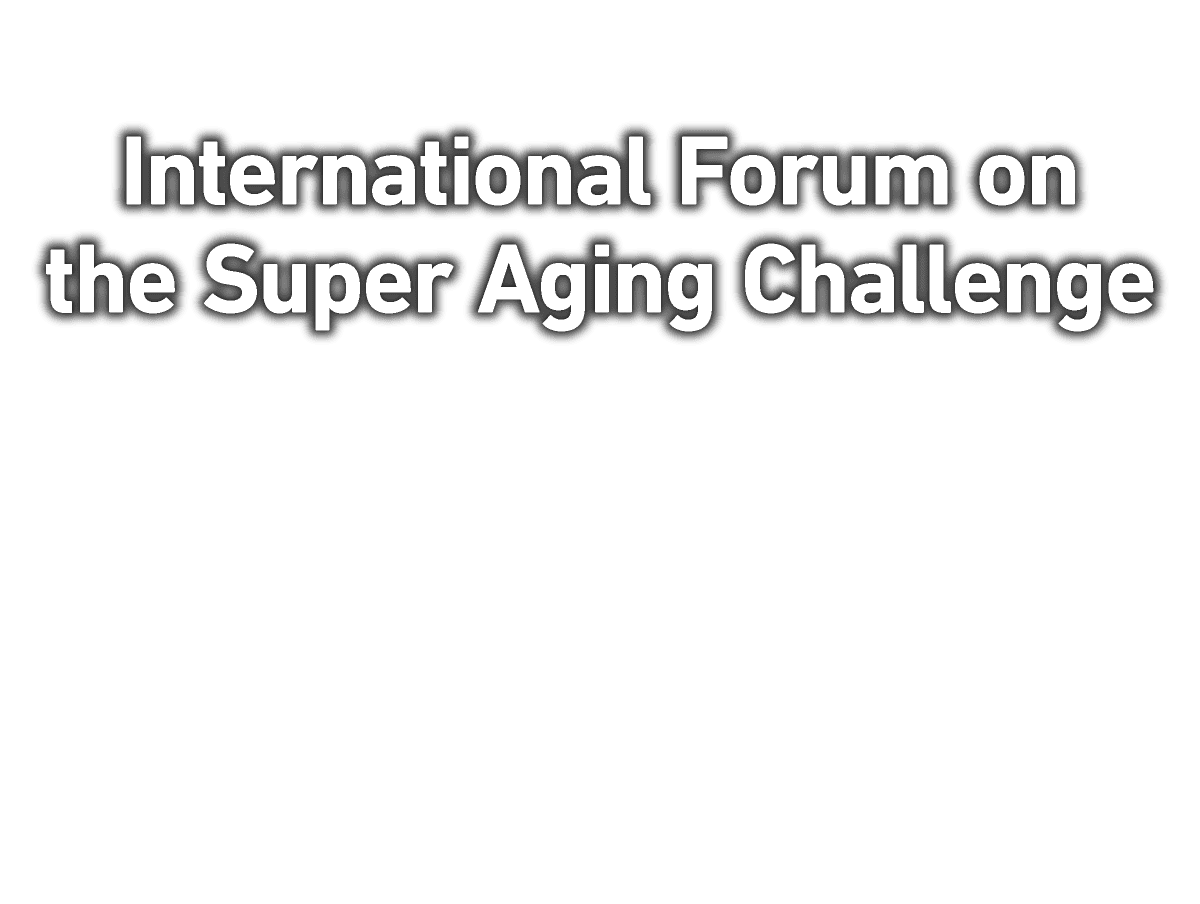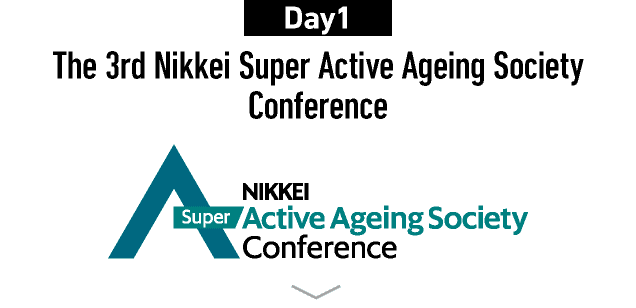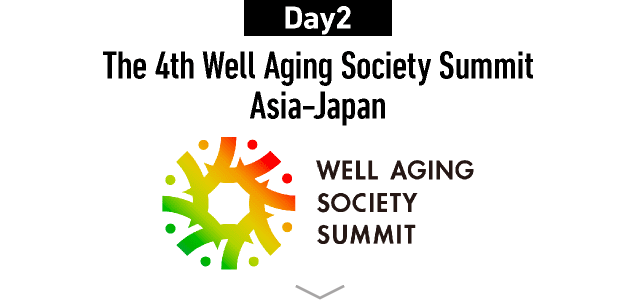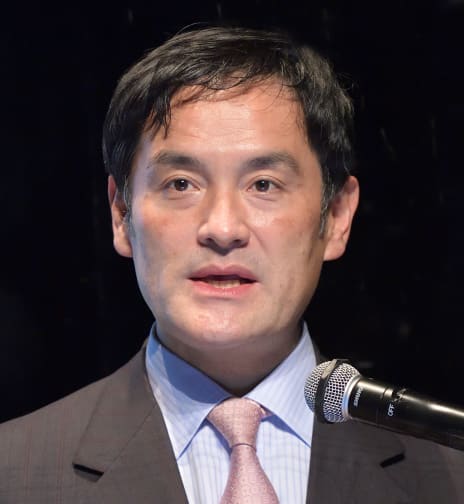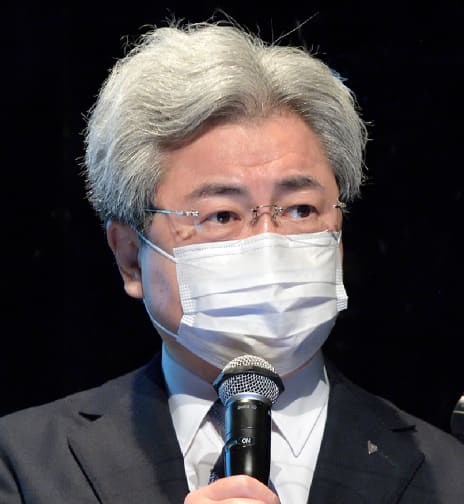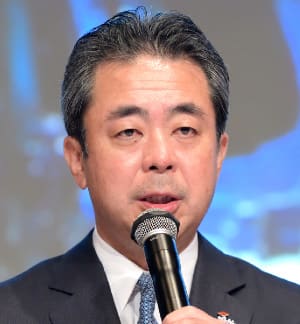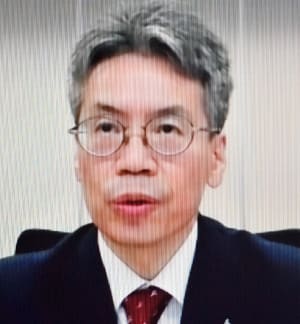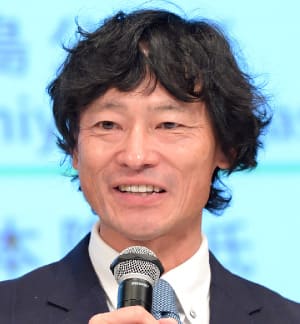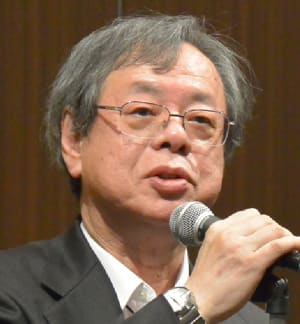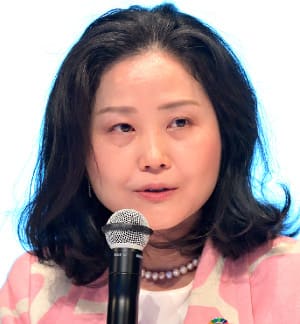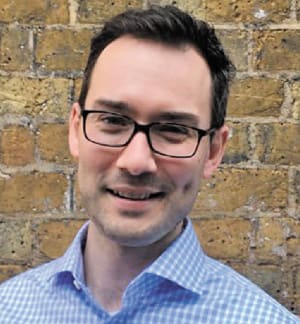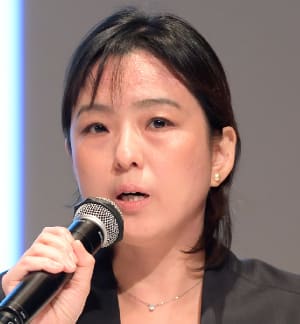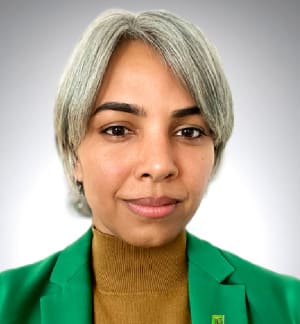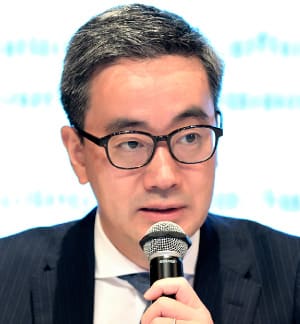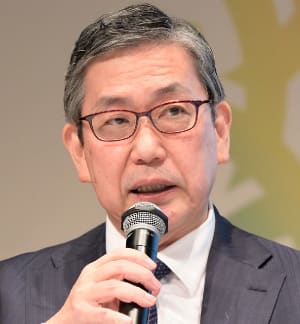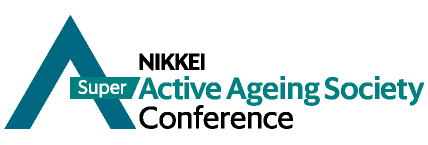The 3rd Nikkei Super Active Ageing Society Conference (SAAS)
Opening Remarks

Keizo Takemi
Keizo Takemi
Member of the House of Councilors of Japan and WHO Goodwill Ambassador for Universal Health Coverage
Mr. Takemi pointed out that, at past SAAS and WASS conferences, the challenges facing an aging society have been discussed from diverse perspectives, such as medical care, public health, finance and technology. He expressed the hope that “at this conference, we will further deepen our discussions and propose a future vision toward the super aging society.”
Greeting Speech

Atsushi Koga
Atsushi Koga
State Minister of Health, Labour and Welfare
Mr. Koga pointed out that the COVID-19 crisis posed the difficult challenge of combining necessary measures for the elderly, who need to be connected, with measures against the spread of infections, which required people to be kept apart. He expressed his hopes for the conference, stating that “since responding both to the aging society and to the pandemic is a complex challenge, a multi-sector collaborative approach is required.”
Special Keynote Speech
How to live longer and flourish
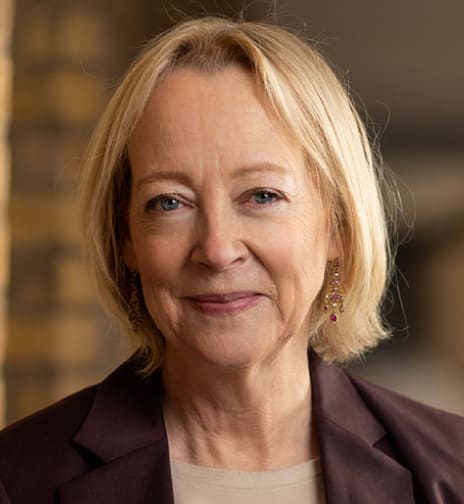
Lynda Gratton
Lynda Gratton
Professor of Management Practice, London Business School
In the special keynote speech, viewing the era of the 100-year life as an opportunity, Professor Gratton made proposals for a fruitful and long life. Pointing out that “a longer life is a great gift that our generation has gained for the first time. We can live for 20 years longer than our parents’ generation,” she noted that the three important factors for a long-life society to flourish are life story (narrative), technology and human relationships.
“First you have to consider the story you tell yourself about your own life. If you are going to work until you are 70, you have to be a life-long learner to acquire new skills. And if you want to be happy, you will have to build good relationships with family, friends and members of the community.” As ways of building a new narrative of our life as we move toward a super-aging society, she emphasized the importance of “embracing career breaks, alternative work, a lifetime of learning and virtual learning. Over a long life, there will be more possibilities. It is important to accept change without fear and to act pre-emptively to ensure you are not too late.”
Keynote Speech 1
The 100-Year Life: The Longer and Healthier Life - Why not??
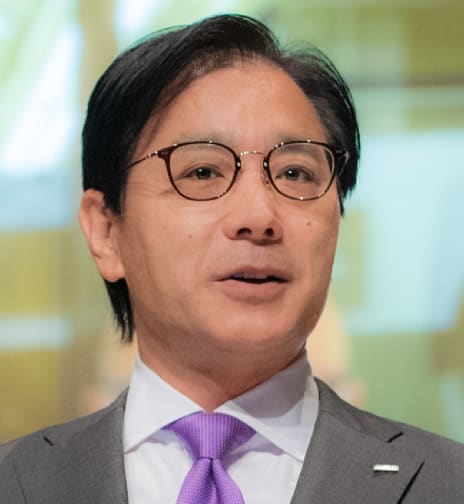
Steve Sugino
Steve Sugino
President and Representative Director, Amgen K.K.
Japan is the country with the highest longevity in the world. With the further decline in the birthrate and aging of the population, the burden on people of working age will become even heavier. However, pointing out that “the definition of the aged will change and the situation will be radically transformed as healthy life expectancy increases,” Mr. Sugino stressed the need to change the way healthcare is provided. “In almost all cases, the cause of people becoming bedridden is chronic diseases. Most of these diseases can be prevented, treated or managed. We need a fundamental shift from the conventional ‘break and fix’ approach to a proactive ‘predict and prevent’ approach to healthcare.” To that end, he said, “it is important to invest in innovation and for all stakeholders to pursue the same goals.”
Theme Lecture and Panel Session
Health
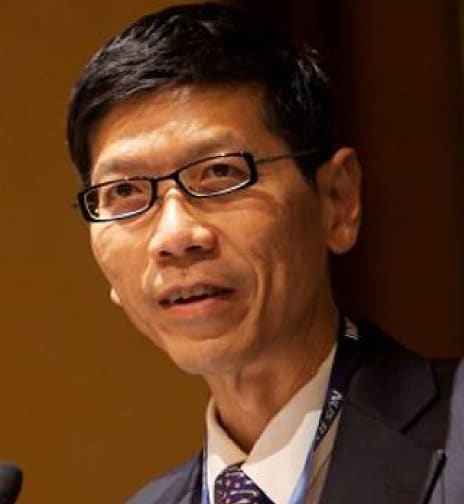
Tan Chorh Chuan
Tan Chorh Chuan
Chief Health Scientist, Ministry of Health, Singapore, former President of the National University of Singapore
Panelist:
Ryozo Nagai
President, Jichi Medical University
Kayo Takuma
Professor of International Politics at the Faculty of Law and Politics, Tokyo Metropolitan University
Thomas B. Cueni
Director General, International Federation of Pharmaceutical Manufacturers and Associations (IFPMA)
Moderator:
Chiaki Mukai
Specially Appointed Vice President, Tokyo University of Science
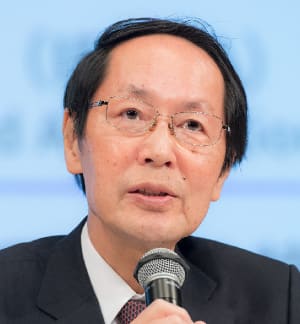
Ryozo Nagai
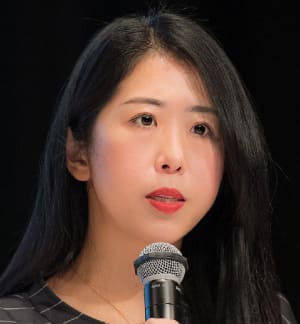
Kayo Takuma
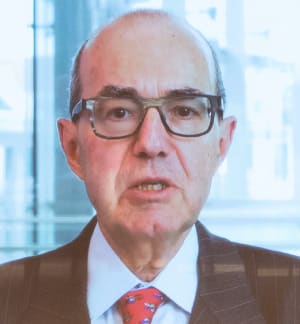
Thomas B. Cueni
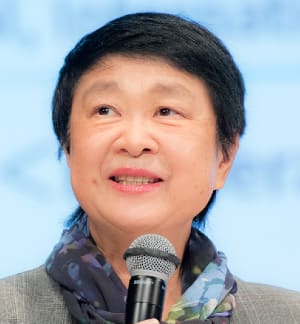
Chiaki Mukai
At the beginning of the “health” session, Mr. Chuan described the efforts being made in care for the elderly in Singapore. He reported that “we were forced to suspend many in-person services due to COVID-19. In a pandemic, the home inevitably becomes the preferred place of care. Through telehealth, remote monitoring and other methods, we will develop a new model integrating digital technologies with in-person services.”
In the panel session that followed, the three panelists gave presentations from their various perspectives. Mr. Nagai stated his opinion that “prevention is important to prolong a healthy life. Systems for collecting and utilizing clinical information will be essential in dealing with this.” He said that “as the birth rate declines, the medical care system itself will become sick, so data-based control of the medical care system will be required.” He also pointed out that “ethical, legal and social issues (ELSI)” will be important in determining how medical research should be conducted.
Speaking on the theme “How should we prepare for infectious diseases in an aging society?”, Professor Takuma outlined the lessons learned from the COVID-19 pandemic. She pointed out that “in the present day, the most common causes of death are non-infectious diseases. In recent years, however, emerging and reemerging infectious diseases have been occurring periodically. Once an infectious disease occurs, the impact on the elderly is quite large.” Furthermore, she said, “one characteristic of infectious diseases is that they occur simultaneously in different places, which leads to breakdowns in the global coordination of resources such as masks and PPE, ventilators, vaccines and therapeutic medicines. Universal Health Coverage (UHC) will be important as the basis for preparing for and responding to infectious diseases.”
In a video message, Mr. Cueni talked about the various problems concerning COVID-19 vaccines. Stating that “the IFPMA is promoting efforts to enhance vaccine equity in cooperation with various countries and government agencies,” he predicted that vaccines will be supplied to the whole world’s adult population by the middle of 2022. Regarding anti-vaccination movements, he reported that “they spoil a lot of efforts. We have launched the #TeamVaccines campaign to tackle this problem.”
At the end of the session, Ms. Mukai concluded, “We have reconfirmed that, in tackling COVID-19, coordination at the individual, family and global levels is important. To realize a society with dignity where each individual life shines, it is necessary to build resilient medical care systems that can cope with new threats.”
Keynote Speech 2
Wellness from the Feet Up to Prevent Falls in Seniors
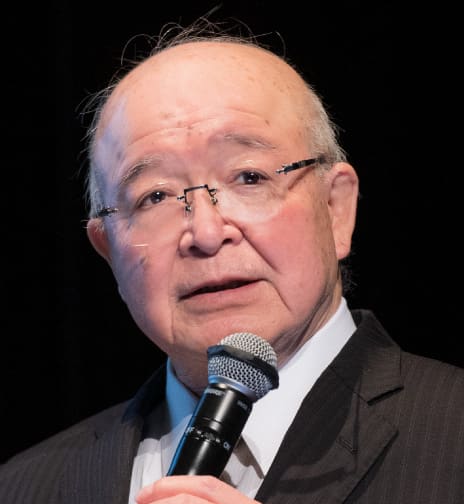
Hideaki Akune
Hideaki Akune
Professor Emeritus, J. F. Oberlin University
According to the Ministry of Health, Labour and Welfare’s Comprehensive Survey of Living Conditions, the proportion of late-stage elderly people requiring support or care in 2060 is expected to increase to more than twice that of 2020. Professor Akune stated that “the most common reason for requiring nursing care is joint disease, followed by senility, stroke and bone fracture due to a fall. People today are losing strength in their feet. The feet have also become flattened and their center of gravity has shifted back to the heels. Strengthening the feet is an effective way of preventing falls in seniors.” As part of the government’s Healthy Japan 21 program, Professor Akune is conducting research on improving toe functions and strength. Reporting on the status of his research activities, he said: “We confirmed that, by making the plantar muscles work, the sensory nerve functions at the base of the foot are improved, leading to an improvement in walking ability. Currently we are striving to promote health from the base of the feet upwards using a skeletal muscle electrical stimulator.”
Special Session
Private Sector’s Role in Healthy Ageing
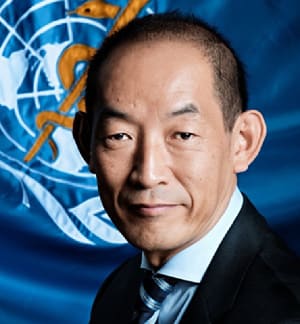
Takeshi Kasai
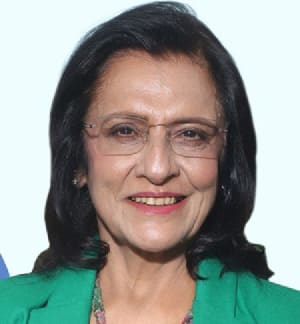
Poonam Khetrapal Singh
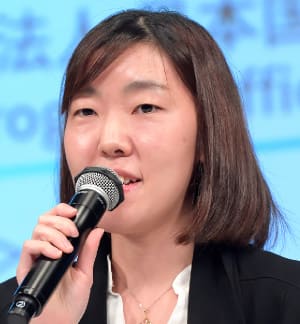
Momoko Abe
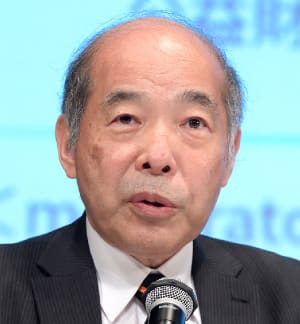
Hiroki Nakatani
Panelist:
Takeshi Kasai
WHO Regional Director for Western Pacific
Poonam Khetrapal Singh
WHO Regional Director for South-East Asia Region
Momoko Abe
Program Officer, Japan Center for International Exchange
Moderator:
Hiroki Nakatani
Visiting Professor, School of Medicine, Keio University
Initiatives toward a super aging society cannot be discussed without taking into account national character and regional characteristics. The WHO Western Pacific Region consists of 37 countries and regions ranging from large countries such as Japan and China to small islands. It is the region with the largest and fastest aging population. Mr. Kasai proposed that “Japan, the fastest aging country, should apply the experience it has accumulated within the region.”
On the other hand, the Southeast Asia region contains a relatively large number of low-income countries. The human cost of care for the elderly is not high, but these countries cannot afford advanced medical equipment. Ms. Singh expressed her hopes for the contribution of the private sector, pointing out that “many elderly persons want telemedicine, hearing aids and so on.”
Ms. Abe outlined the Healthy Aging Prize for Asian Innovation organized by the Japan Center for International Exchange (JCIE). As one example of recipients of the prize, she mentioned a Japanese company that is working to improve the health of elderly people in northeast Thailand. Ms. Abe said that the keys to receiving the prize were “collaboration with the community and utilization of its human resources.”
Finally, the moderator Professor Nakatani asked about the role of private-sector companies play in an aging society. All three panelists said it is “extremely important.”
Theme Lecture and Panel Session
Financial Gerontology/Work-Style
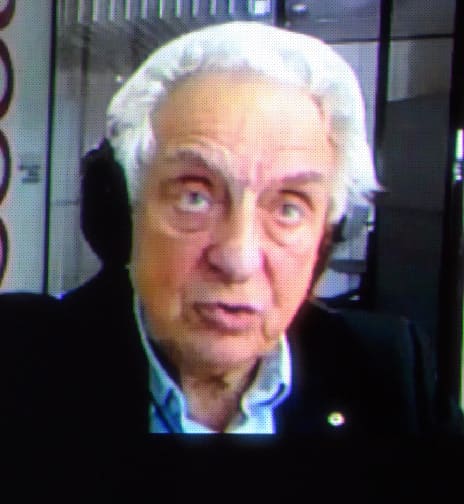
John Piggott
John Piggott
Director of the ARC Centre of Excellence in Population Ageing Research (CEPAR) and Scientia Professor of Economics at the University of New South Wales
Panelist:
Koji Ishizaki
Executive Officer & General Manager of Frontier Strategy Planning and Support Division, Mitsubishi UFJ Trust and Banking Corporation
Toshio Taki
Executive Officer, Head of Sustainability and CoPA (Chief of Public Affairs), Money Forward, Inc.
Sharon K. Parker
ARC Laureate Fellow, John Curtin Distinguished Professor at Curtin University
Moderator:
Yumiko Murakami
General Partner, MPower Partners
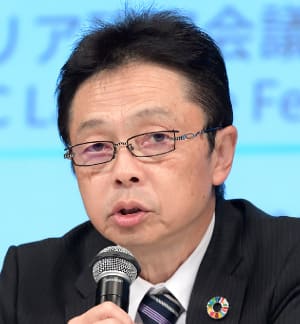
Koji Ishizaki
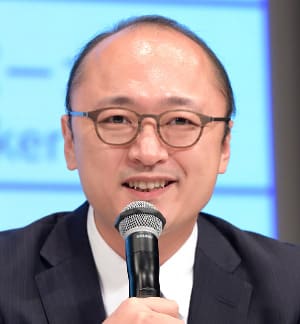
Toshio Taki
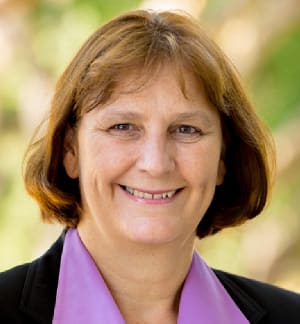
Sharon K. Parker
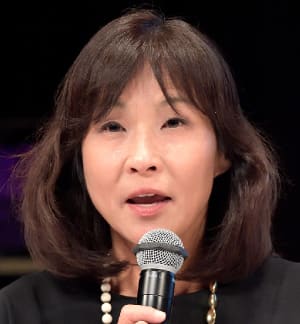
Yumiko Murakami
In the era of a 100-year life, with the lengthening of people’s lifespans, they will first seek health and then money and a purpose in life. Working is an ideal way of obtaining two of these. In his lecture, Mr. Piggott outlined the work situation of the elderly in Australia. In addition to Australia’s low birthrate and aging population, the decline in immigration due to the COVID-19 pandemic has exacerbated the shortage of manpower. The employment of the elderly is therefore required.
There are three things that prevent this: “health, education and social attitudes.” However, people’s health has greatly improved over the past 30 years. On the other hand, compared to young people, “older people are not given educational opportunities.” Among other things, he called for the vitalization of on-the-job training (OJT) by companies.
The biggest problem is negative social attitudes towards older people. Mr. Piggott stressed that, as a result, “older people cannot display the abilities they have. We need to change this negative image.”
In the panel discussion that followed, three people gave presentations with Ms. Murakami acting as moderator.
Mr. Ishizaki pointed out that it is very difficult for senior personnel in Japan to change jobs. He explained that the reason for this is that Japanese companies foster their employees as generalists. He indicated possible ways of utilizing senior citizens in the future, saying, “It will be necessary to provide multi-level support such as recurrent education (relearning), encouragement of secondary jobs and shifting toward self-employment.”
According to Mr. Taki’s analysis, the strong concerns Japanese people feel about old age stem from their uncertainty about the amount of money they will need. “In fact, estimates are available and a lot of concerns can be alleviated by matching them with individuals,” he pointed out. Using the example of an extreme case where every customer of a financial institution has dementia, he presented a plan showing how the business can be maintained. He stated that the development of services for solving social problems is the mission of financial institutions.
Professor Parker said that companies need to pay attention to the “3 i’s” to ensure that older workers can continue working for a long time. The 3 i’s are “include” so that older workers are not subject to age-related discrimination or excluded from the workplace, “individualize” by taking account of older workers’ circumstances, and “integrate” by ensuring that employees come from diverse age groups to complement each other.
Finally, the moderator Ms. Murakami pointed out that the mechanisms and systems of work are designed for the working-age population. She said that, as a result of the pandemic, “the widespread adoption of flexible ways of working has been a positive development for the employment of elderly workers,” and the panelists agreed with this.
Theme Lecture and Panel Session
Social Participation
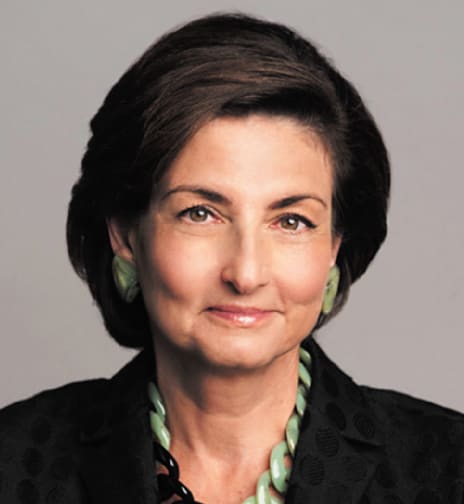
Linda P. Fried
Linda P. Fried
Dean and DeLamar Professor of Public Health Columbia University’s Mailman School of Public Health
Panelist:
Kunihiko Suzuki
Chairman, Medical Corporation Hakujinkai and Director, Shimuraomiya Hospital
Yasuko Hattori
Headteacher, Yokufukai Care School, Social Welfare Foundation Yokufukai
Theo W. van Uum
Director, Long Term Care Ministry of Health, Welfare and Sport, The Netherlands
Moderator:
Ryoji Noritake
CEO, Board Member, Health and Global Policy Institute
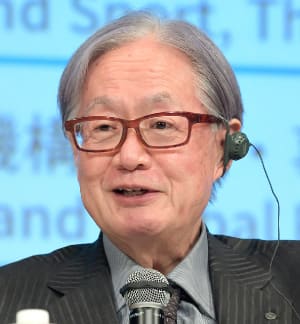
Kunihiko Suzuki
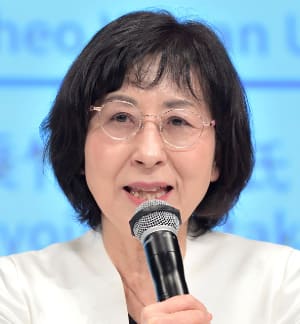
Yasuko Hattori
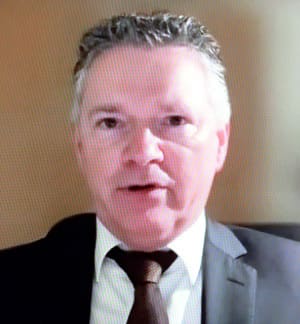
Theo W. van Uum
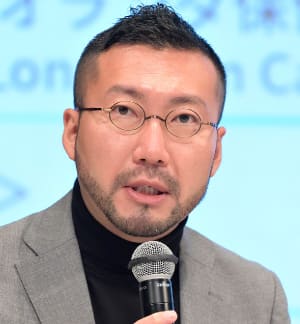
Ryoji Noritake
For the formation of social capital, three elements are usually required: trust, norms, and networks. In her lecture, Professor Fried stated that the social participation of the elderly should be added to these elements. Through their life experiences, older people have excellent problem-solving abilities and a strong desire to make the world a better place. Older people are an asset of society and their participation brings great benefits to society as a whole.
On the other hand, older people can maintain good health and gain happiness from social participation. Professor Fried stressed that “society should create new roles for older adults.”
In the panel discussion, examples were given of social participation by older people and support for this. Mr. Suzuki outlined Freude DAN, a pro-bono organization of hospital volunteers. Freude DAN brings together a diverse range of people, including senior citizens and children. The government, shopping malls and universities are also involved in its activities. Mr. Suzuki said, “The pandemic has resulted in a scaling back of events, but it has given impetus to food distribution, shopping assistance, exercise and nutrition guidance, and education in oral health care.”
In addition to her fostering of human resources as the headteacher of a care school, Ms. Hattori is involved in running an association of families caring for dementia sufferers and a community cafe. She said these experiences have shown her that “people derive happiness from interaction with others. When they interact with others, people get used to sending out calls for help. People working together have great strength.”
Taking part from the Netherlands, Mr. van Uum reported on initiatives in his country. In a program to counteract loneliness involving companies such as supermarkets, systems have been created so that older people living alone can have conversations at the checkout counter, etc. There is also a project “to scientifically measure the loneliness of older people from their body language.”
In the second half of the session, the moderator Mr. Noritake asked the panelists about the situation of social participation of people with dementia. Mr. Suzuki said that “agriculture can be done by people with dementia, who can enjoy the growth of plants.” Ms. Hattori gave the example of “a person with dementia who went to the gate of a school when the kids go home and interacted naturally with them.” Mr. van Uum said, “People with dementia act as volunteers, helping children and refugees, or assisting in forest maintenance.”
SAAS Summary Session
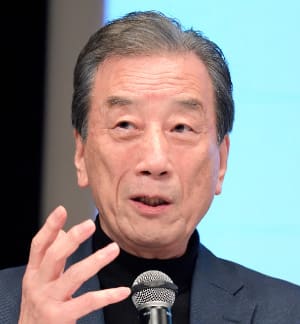
Kiyoshi Kurokawa
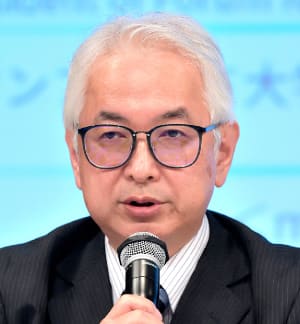
Kohei Komamura
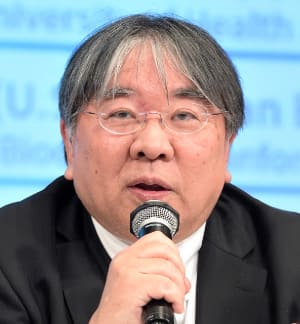
Yoshiki Sawa
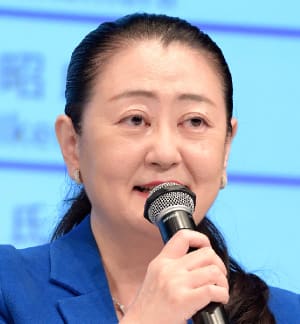
Keiko Shimizu
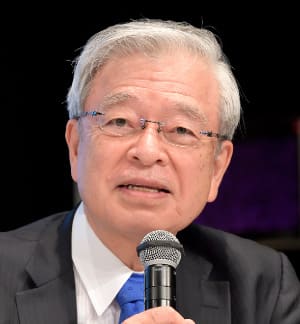
Shuichi Nakamura
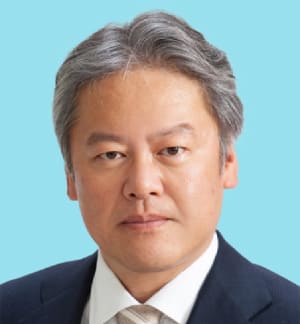
Fumiaki Ikeno
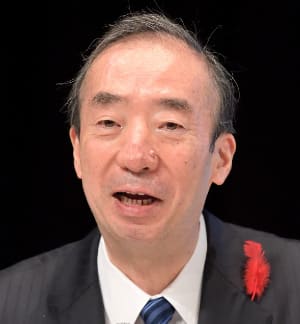
Atsushi Seike
Panelist:
Kiyoshi Kurokawa
Professor Emeritus, National Graduate Institute for Policy Studies, the University of Tokyo
Kohei Komamura
Professor of Faculty of Economics and Director of Research Center for Financial Gerontology, Keio University
Yoshiki Sawa
Specially Appointed Professor, Division of Health Science, Osaka University Graduate School of Medicine, Director of Osaka Police Hospital
Keiko Shimizu
President of Sawayaka Well-being Foundation
Shuichi Nakamura
President of Forum for Social Security Policy, Professor of Graduate School of International University of Health and Welfare
Fumiaki Ikeno
Program Director (U.S.) of Japan Biodesign, Stanford Byers Center for Biodesign, Stanford University
Moderator:
Atsushi Seike
President, Promotion and Mutual Aid Corporation for Private Schools of Japan
In the concluding session of SAAS, six panelists expressed their views.
Pointing out that Japan will enter a super aging society earlier than any other country in the world, Professor Kurokawa said, “Possessing its rich experience and knowhow, including how to respond to dementia, Japan will have a tremendous role to play.”
Professor Komamura mentioned his high expectations for technology-based support, pointing out that “the deterioration of cognitive functions, memory and physical strength through aging is inevitable.”
Professor Sawa, considering that Japan’s initiatives toward a super aging society should be disseminated globally, proposed that “we should set up a pavilion on the theme of dementia at Expo 2025 Osaka.”
Ms. Shimizu said that even when people age and suffer from dementia, “we should aim for a society where they have a role and their place in the community.”
Mr. Nakamura pointed out that Japan’s annual social security benefit expenditures currently amount to nearly 130 trillion yen. He went on to explain that, at its peak in 2040, this amount will be 1.5 times higher. “The Japanese people must be ready for that.”
Mr. Ikeno, who lives in the United States, said he noticed that, during the pandemic, the use of digital equipment by the elderly has spread rapidly in the U.S. He said that, while Japan should learn from that, “there are also very good things in Japan, such as the national health insurance system and community ties.”
Finally, the moderator Mr. Seike concluded that long life is a gift from heaven and expressed the hope that “we make it rich and happy using the power of technology.”
